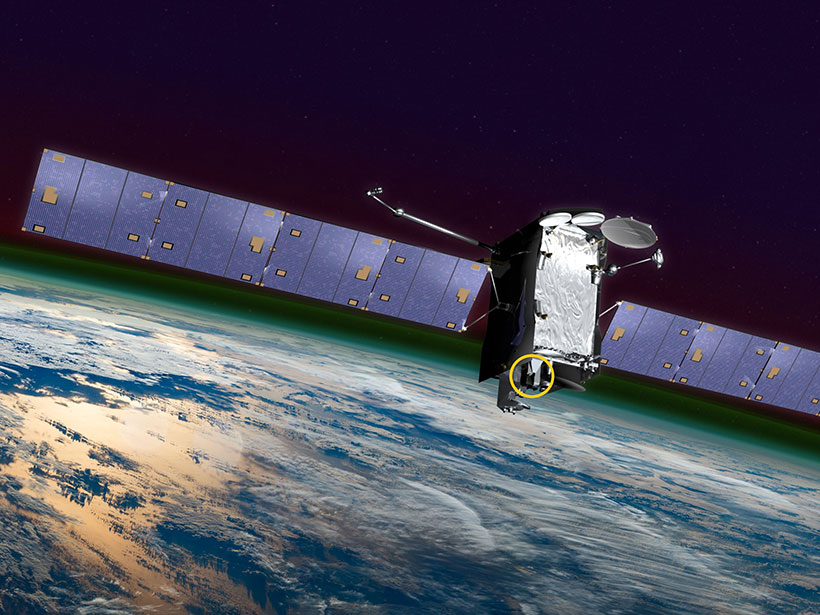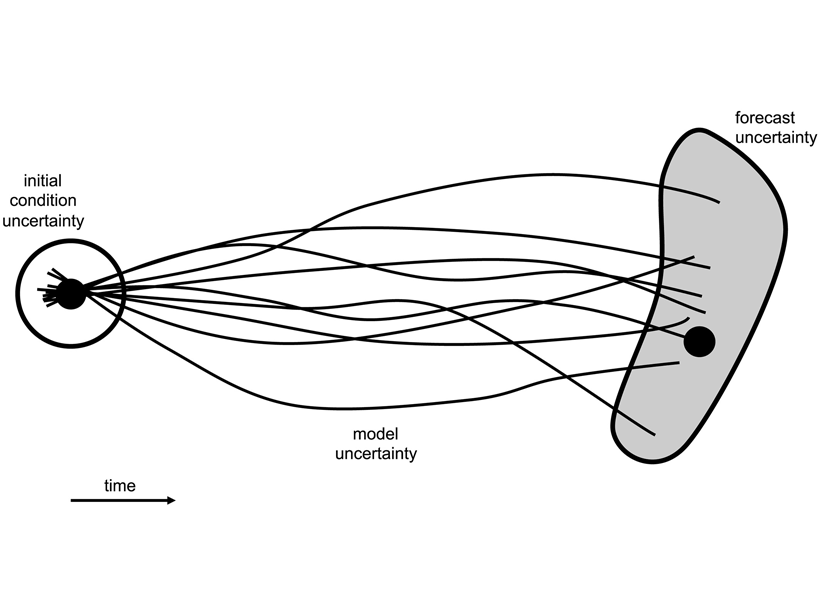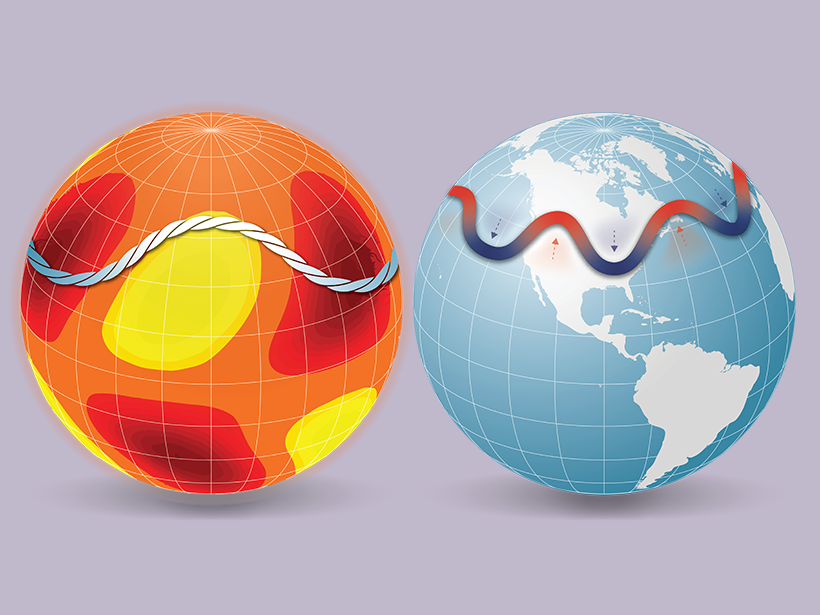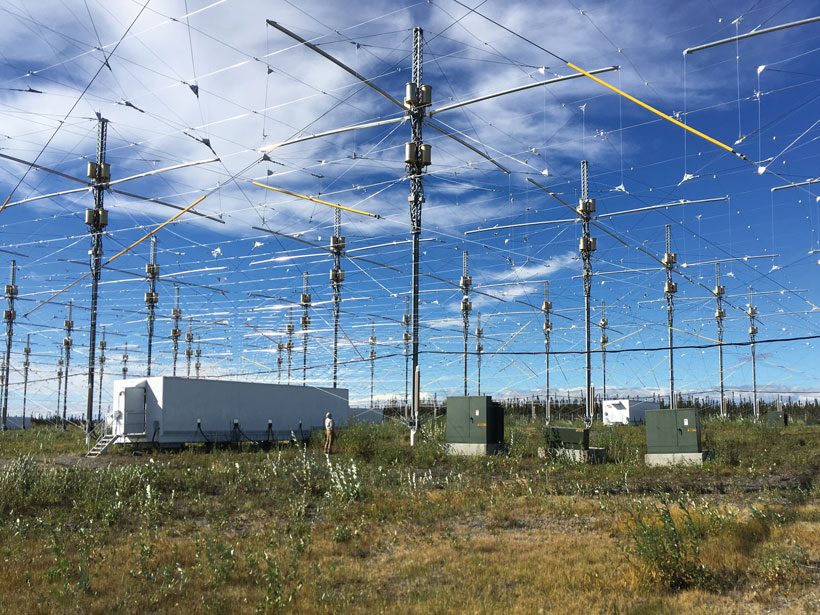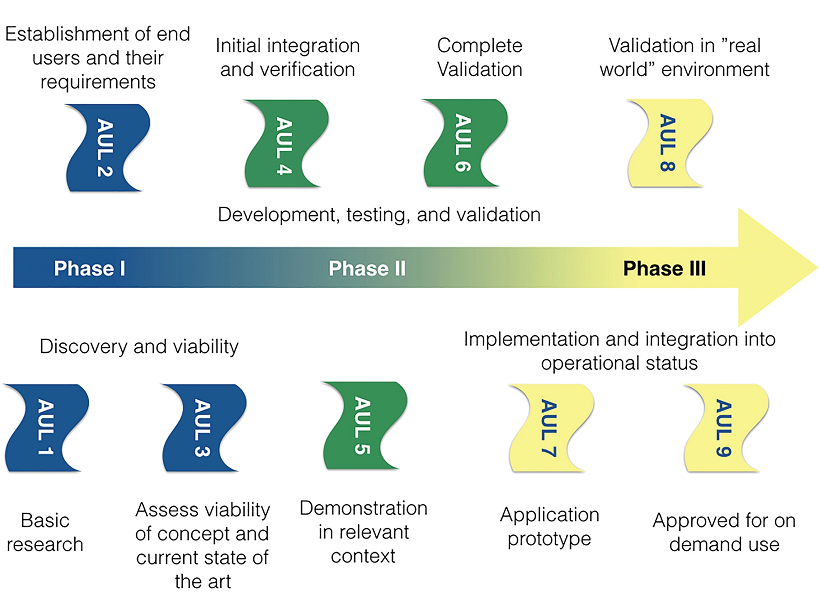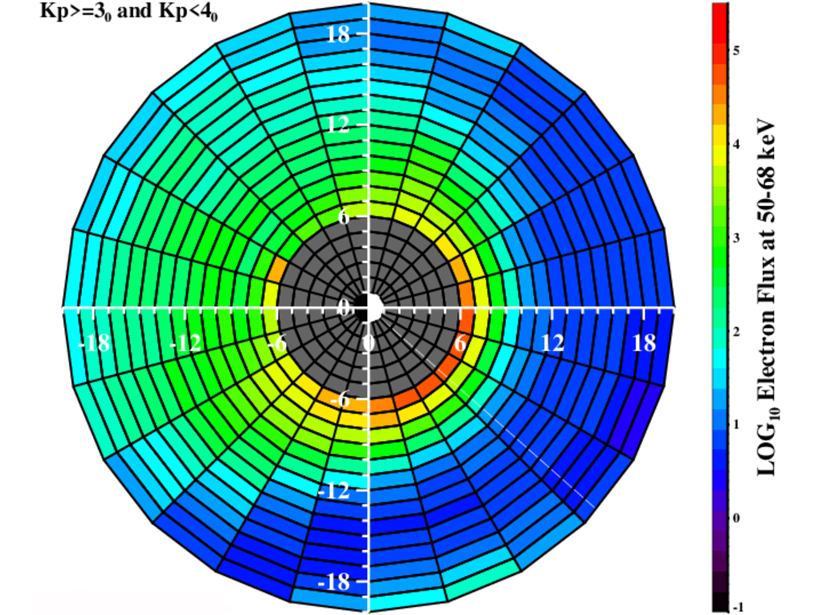A NASA mission is observing airglow in the upper atmosphere and uncovering what it tells us about Earth’s space weather system.
Space Weather
Is Space Weather Worse by the Sea?
A new simulation of space-weather driven geoelectric fields at the land/sea conductivity boundary shows how these fields are magnified by both coastal effects and inhomogeneous land conductivity.
Advancing Ensemble Methods in Space Weather Forecasting
A short, must-read, report for anyone developing new space weather forecasts.
How to Improve Space Weather Forecasting
The field of space weather forecasting could take cues from its Earthly counterpart to increase the reliability of models as well as warning times ahead of inbound solar storms.
Space Weather Forecasting Takes Inspiration from Meteorology
Solar features analogous to major atmospheric waves on Earth could offer more advanced warning of harmful solar storms.
Returning Lightning Data to the Cloud
Scientists are assembling an online database with decades of low-frequency radio measurements collected worldwide to facilitate modern research about lightning, space weather, and more.
Highlighting the Path from Space Weather Science to Applications
The transition of space weather science from research to operations needs a framework with both good science and a good dialogue with end users.
Using Earth’s Atmosphere as a Solar Flare Monitor
Measurements of very-low frequency radio signal phase and amplitude can detect upper atmosphere changes caused by solar flares, enabling us to monitor flare occurrence and intensity.
Extending the Envelope for Known Safe Locations in Space
When unattached electrons collide with spacecraft, the build-up of electric charge can cause malfunctions, but recent observations model near-Earth regions that are likely safe zones.
New Real-Time Model May Protect Astronauts from Space Radiation
Solar energetic particle events pose an acute risk to space travelers outside the protection of Earth’s magnetic field. A new initiative aims to quantify the danger.

